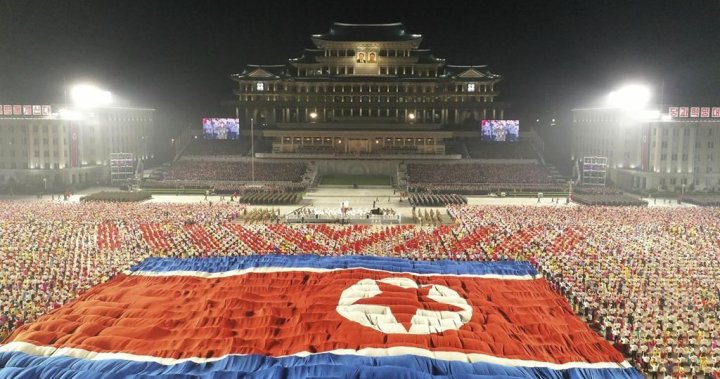
The rock star who defected to North Korea — and now regrets it
Global News
Rock is supposed to be about rebellion, kicking against the status quo, and breaking rules. But defecting to North Korea?
The 1960s were a turbulent time. Assassinations, riots, civil rights protests, and angry opposition to the war in Vietnam. This unrest wasn’t confined to North America, either. It seemed that the whole world was about to come apart at the seams.
Japan had its own issues. There was the Anpo struggle, an on-again, off-again series of protests against the post-WWII treaty that allowed the U.S. to maintain military bases in the country. Thousands were involved across the country, sometimes resulting in violent clashes with police. Along with university students around the world in 1968-69, Japan saw daigaku funsō (“university troubles”) that took on everything from the construction of Narita Airport to the management of post-secondary schools.
One of the most dangerous challenges to the status quo came from the Communist League, the precursor to the Japanese Red Army, a violent militant communist group that was eventually rightly branded a terrorist organization.
This leads us back to Les Rallizes Dénudés, a psychedelic and experimental rock band formed at Doshisha University in Kyoto in 1967. The group, a merger between the artistic ambitions of vocalist Takashi Mizutani and a radical theatre group known as Gendai Gekijo, itself wasn’t staunchly political, although they did perform for protestors and students during the late ’60s, including an event known as the Barricades A Go-Go concert in 1968. Individual members were also sympathetic to and participated in both the Anpo struggle and daigaku funsō, no one more so than bass player Moriaki Wakabayashi.
Wakabayashi was all-in when it came to participating in the Communist League’s Red Army Faction. On March 31, 1970, he was part of a group (Kyosando Sekigunha) that hijacked Japan Air Lines flight 351, which became known as the “Yodo-go” incident. The super far-left Red Army Faction was hoping to inspire a popular uprising in Japan — a Soviet-style proletarian revolution — that would remake the country as the headquarters for a greater global revolution against the U.S. and its allies.
About 20 minutes after the 727 took off from Haneda Airport (then known as Tokyo International) on a short hop to Fukuoka, a Communist League member named Takamaro Tamiya popped out of his seat with a samurai sword, yelled that the plane was being hijacked, and ordered the eight other members of the group — including Wakabayashi — to draw their weapons: more swords, steel pipes, and bombs. The pilots were then ordered to fly the plane to Cuba. Seven crew members and 122 passengers were now hostages. (Takashi Mizutani had been offered a role in the hijacking but he declined.)
One problem: The 727-200 had a maximum range of 4,720 kilometres. The distance from Tokyo to Havana is over 12,000 kilometres. The aircraft didn’t have anywhere enough fuel capacity to make the jumps over the Pacific. Clearly, the Communist League knew little about civil aviation.
When informed of that inconvenient fact, the hijackers demanded that the plane fly to Pyongyang in ultra-communist North Korea, a much more reasonable 1,300 kilometres away, but a destination that still required a refuelling stop. After touching down in Fukuoka to gas up and to free 23 of the passengers, the plane took off again.








